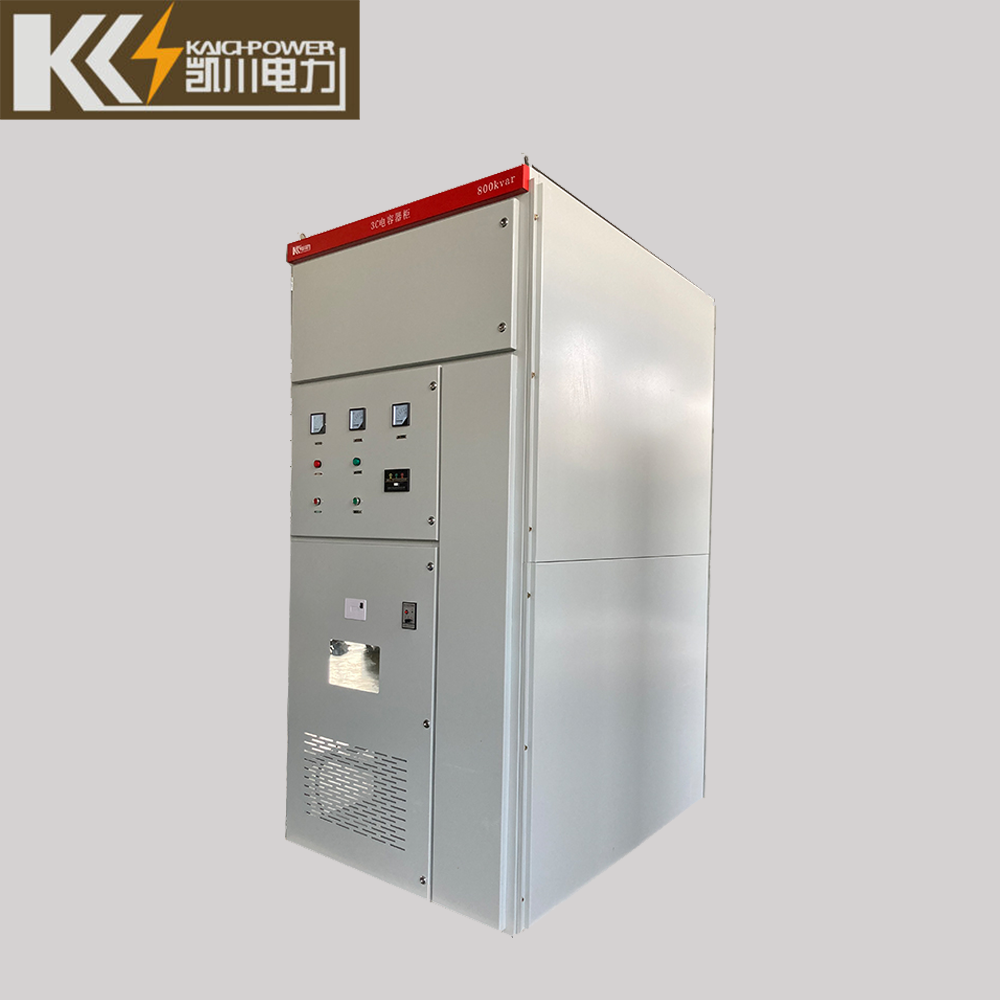
Introduction:
Switchgear plays a crucial role in electrical power systems, ensuring the safe and efficient distribution of electricity. One of the key factors in maintaining the reliability of switchgear is temperature monitoring. In this comprehensive guide, we will delve into the various aspects of selecting the right temperature monitoring system for switchgear applications. From the importance of temperature monitoring to the types of sensors available and the criteria for selection, this article aims to provide a thorough understanding of the topic.
1. Importance of Temperature Monitoring in Switchgear:
Begin by exploring why temperature monitoring is essential for switchgear. Discuss the impact of temperature on the performance and lifespan of switchgear components. Highlight the potential risks associated with overheating, such as insulation degradation and equipment failure. Use real-world examples to illustrate the consequences of inadequate temperature monitoring in switchgear.
2. Types of Temperature Sensors:
Examine the different types of temperature sensors suitable for switchgear applications. This section should cover traditional methods like thermocouples and resistance temperature detectors (RTDs) as well as newer technologies such as infrared sensors. Explain the working principles, advantages, and limitations of each sensor type. Provide insights into how these sensors are integrated into switchgear systems.
3. Factors Influencing Temperature in Switchgear:
Explore the factors that contribute to temperature variations in switchgear. Discuss external factors like ambient temperature, load conditions, and environmental conditions. Additionally, consider internal factors such as current flow, contact resistance, and insulation quality. Understanding these factors is crucial for selecting an appropriate temperature monitoring system.
4. Standards and Regulations:
Highlight the industry standards and regulations governing temperature monitoring in switchgear. This section should include information on international standards, such as IEC and IEEE, as well as regional regulations that may apply. Discuss how compliance with these standards ensures the safety and reliability of switchgear installations.
5. Selection Criteria for Temperature Monitoring Systems:
Provide a detailed guide on the criteria for selecting a temperature monitoring system for switchgear. Discuss factors such as accuracy, response time, scalability, and compatibility with existing infrastructure. Consider the importance of communication protocols for data integration into supervisory control and data acquisition (SCADA) systems.
6. Case Studies:
Include real-world case studies that showcase successful implementations of switchgear temperature monitoring systems. Highlight the challenges faced, the chosen solutions, and the outcomes achieved. Case studies provide practical insights and help readers understand the application of temperature monitoring in different scenarios.
7. Emerging Technologies and Innovations:
Explore the latest trends and innovations in switchgear temperature monitoring. Discuss advancements in sensor technologies, data analytics, and predictive maintenance. Consider how artificial intelligence (AI) and machine learning (ML) can enhance temperature monitoring capabilities and contribute to the overall reliability of switchgear.
8. Installation and Maintenance Best Practices:
Provide practical guidelines for the installation and maintenance of temperature monitoring systems in switchgear. Address common challenges during installation and offer recommendations for periodic maintenance to ensure continued accuracy and reliability.
Conclusion:
Summarize the key points discussed in the article, emphasizing the importance of temperature monitoring in switchgear applications. Conclude with a forward-looking perspective on the future of switchgear temperature monitoring, considering evolving technologies and industry trends.
Email: kaichelectric@gmail.com